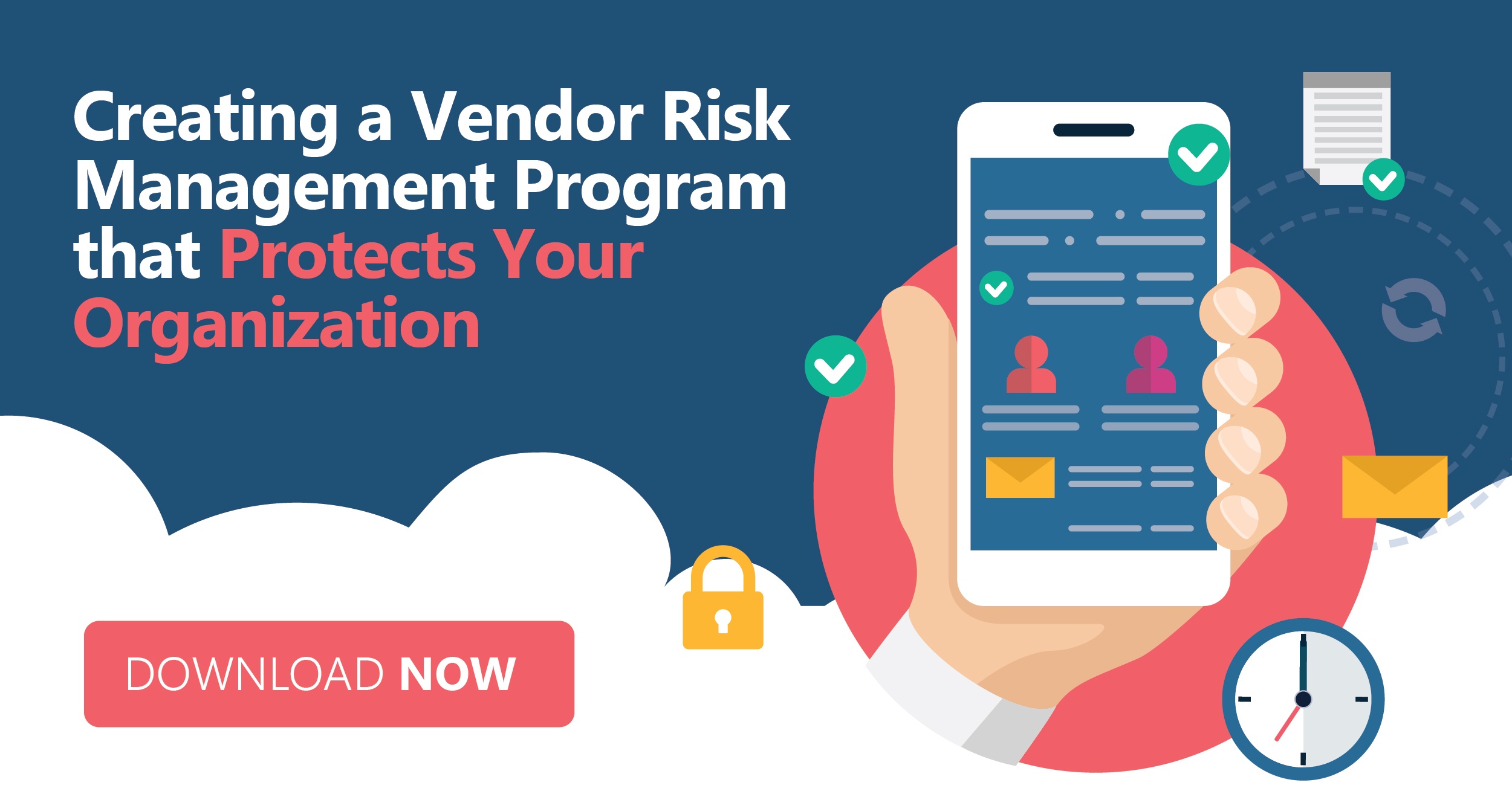As part of our Venminder Thought Leadership interview series, we sit down with some of the industry’s most seasoned and sought-after thought leaders for their perspective and advice on third parties, mitigating risk, best practices, trends and more. Most recently, I had the opportunity to speak with Jenn Wilkinson, Vice President of Strategic Vendor Management at Cenlar.
Jenn Wilkinson Interview Highlights
Jenn is the Vice President of Strategic Vendor Management at Cenlar. Jenn joined Cenlar in 2015 to oversee the operational vendor management department. She went on to successfully establish Cenlar's third-party risk management program and was promoted to VP of third-party risk management. Currently, she is heading up the strategic vendor management function within Cenlar’s newly formed procurement department.
Jenn is an all-around rockstar. We highly recommend you take a listen to the full interview, but in the meantime, here are a few topic highlights from our time together:
- The crucial impact of leadership to third-party risk management
- The importance of networking and collaboration
- Strategy from building a third-party risk management program from scratch
- How to approach an automated solution (and what to do if you’re not ready for one)
- How to strategize program resilience during global crisis
Jenn was extremely humble about her experience with building a third-party risk management program from the ground up and believes her success stems wholly from her team and the expertise they were able to bring together.
Jenn went on to share the various ingredients in her “secret” recipe for third-party risk management success.
There’s No “I” In Team
When I asked Jenn how she felt the state of third-party risk management was fairing overall, she conceded that the answer really depends on the industry. While she feels financial organizations are fairly well regulated; often, third-party risk success is dependent on several factors, including executive leadership, program integrity and networking.
“The support in one organization could be lacking versus that of another, and that can be frustrating,” Jenn said, “But I'm very fortunate in that third-party risk management gets a lot of support from the executive leadership team at Cenlar. I think that they really appreciate the value of the program. Not just for the bank itself but for our clients.” Jenn also highlighted the importance of showing up and interacting with the third-party risk community.
“There's no degree in third-party risk management that you can obtain and come out of college all fresh and shiny and get a job,” Jenn shared, “So, we really depend on each other and support each other through these networking groups to share our best practices so people are able to make decisions to what works best for their business. It's nice to be part of a collaborative group professionally.”
Building a Third-Party Risk Management Program from Scratch
Almost every organization in the infancy of their third-party risk management program has the same question: Where do I start?
Here a few takeaways Jenn shared from her own process:
- Step 1: Identify the scope of your vendor portfolio and classify the categories those vendors fall into.
Pro Tip: Don't just rely on the business units to provide a list of who they think all their vendors are. If possible, work with the accounts payable department to identify the lion’s share of who’s been paid by the organization and why.
- Step 2: Work closely with the heads of compliance and information security to build out a materiality risk assessment to first identify what vendors are really material and in scope that need some sort of due diligence as opposed to the people that deliver paper to a loading dock or a caterer.
- Step 3: Then, determine the due diligence and ongoing monitoring review cycle. Determine the things that you're doing monthly, and those things that can be done annually.
Moving on from there, Jenn shared her thoughts around both customization and automation.
Best Practices for Automation & Customizing Your Third-Party Risk Program
Here are four best practices Jenn shared:
- There’s no “one-size-fits-all” when it comes to vendors
- It’s important to customize your program to make sure you have specific requirements for different segments
- When it comes to software, consider a consultant with the selection and implementation process
- Don’t expect software to be an out-of-the-box solution, take the time to consider what areas of support and features you need most
Adapting to Third-Party Risk Management During a Global Crisis
It goes without saying that we’ve all had to adapt to our current climate. I made a point to ask Jenn how her organization responded to the pandemic, and what, if anything she could offer as insight for others. Luckily, for Jenn and her team, they were already well equipped to work remotely; so, while Jenn mentioned she prefers in-person due diligence, her team wasn’t as gravely affected by the shift to remote work. However, Jenn did emphasize the importance of proactive communication. They reached out to all their vendors and kept an eye on those who were unable to respond to requests for information within a specified window (three to four weeks); raising flags if necessary. As the situation progressed in early March, Jenn’s team sent out requests for updated pandemic stock to the entire operational network because they wanted to accurately scan and provide the information to business owners. Jenn recognized (like many of us, in retrospect) that while most business owners had peripheral awareness of an organizational pandemic plan, they weren’t necessarily familiar with it. Jenn’s team really pushed to get concrete responses from their vendors around the specifics of their pandemic preparedness which were shared with the business owners.
To wrap it up, Jenn emphasized just how important it is to third-party risk management to make sure that you have solid exit strategies and backup vendors available to distribute volume where you need to. “All of these things are really important,” Jenn said, “and part of the guidance we always give to the business owners around handling risk.”
On behalf of Venminder, I’d like to thank Jenn for her participation in this series. Be sure to listen to our discussion here to catch even more helpful information.
Create a vendor management exam that protects your organization. Download the infographic.












